When NASA’s Perseverance rover touched down on Mars in early 2021, it carried not only cameras and drills but also a pioneering package of on‑board artificial intelligence. Known as AutoNav and enhanced by a sophisticated adaptive sampling module called PIXL, this AI allowed Perseverance to make split‑second navigation decisions, identify rocks of interest, and even choose where to collect samples. By mid‑2024, one such autonomous maneuver went badly wrong: the rover made a faulty decision based on real‑time analysis and unknowingly damaged a high‑priority rock sample. As word spread, the space community braced for backlash. Could unmanned machines now outsmart human intent—and if so, what happens when they fail? This event rekindled a technical and philosophical debate: do we trust AI reliability or control for Earth‑to‑Mars communication delays? As agencies like SpaceX push forward with autonomous systems in crewed missions, the stakes have never been higher.
A Close Encounter of the Wrong Kind: The 2024 Perseverance Incident
In late 2024, NASA’s mission logs show that Perseverance autonomously selected a rock named “Raventide” for sampling based on its AI readings. The PIXL instrument measured elemental composition and suggested it deserved drilling. But once the robotic arm drilled into the rock, cameras revealed it was brittle and porous—unsuitable for return to Earth. Worse still, attempts to seal the titanium sample tube failed, leading to contamination and rejection of the sample. Engineers later analyzed the telemetry and found that the AI’s confidence system neglected to trigger a fallback when sensor readings conflicted with visual data. Essentially, the rover “trusted its gut” over its eyes. The mishap extinguished hopes that this particular sample would contain organic traces crucial to astrobiology. Internal NASA reports heavily redacted yet later leaked, indicate that the rover’s autonomy module was overly aggressive and that safeguards were insufficient. The result: mission progress scaled back while engineers rewrote autonomy protocols and reset safeguards.
AI vs Human Command: Speed, Latency, and Trust
Why did the rover proceed without waiting for ground confirmation? Mars communication delays mean a one‑way signal takes between eight and twenty‑two minutes. A strict “human in the loop” model would have required Perseverance to wait up to 44 minutes before executing its next move—time that could be used inefficiently. NASA’s solution had been partial autonomy: allow the rover to handle navigation and minor decisions, then defer significant actions. AutoNav proved adept at self‑driving around rocky terrain, while the PIXL adaptive sampler could analyze rock content in real time. But the incident highlighted how AI can misinterpret data and lack nuanced reasoning that an experienced geologist on Earth might provide.
Supporters argue that autonomy boosts scientific returns. Adaptive sampling captures mineral patterns across rock faces in ways pre‑programmed commands cannot. Counterarguments are loud and persuasive: can’t we just slow down, inject more oversight, or train AI better? Critics question whether the current generation of machine learning is reliable enough when valuable resources and irreversible damage are at play. In space, mistakes are not just inconvenient—they are often eternal.
Autonomy with Accountability: JPL’s Next Steps
Following the “Raventide” error, NASA’s Jet Propulsion Laboratory began reassessing autonomy protocols. Engineers added extra camera backups and multi‑sensor cross‑checks before approving sampling decisions. Autonomy levels were reclassified to require two levels of confirmation for scientific sampling, compared to a single check earlier. Engineers also added a human‑in‑the‑loop virtual veto. PIXL can still propose the sample, but confirmation requires Earth-based validation. The goal was balance: maintain efficiency without sacrificing safety.
JPL also accelerated its work in autonomy assurance. A 2023 white paper on the subject described risk-based fault models, simulation‑based validation, and redundancy models meant to give engineers quantified confidence in autonomy. “Autonomy assurance is mission assurance,” the paper states. These techniques are being hardened and formalized before included in future Mars missions.

The Wider Debate: Autonomy in the Age of AI
The incident raised a broader question: at what point do autonomous systems become opt-in hazards? Similar discussions echoed in autonomous cars and military drones. In critical systems, AI can respond faster than humans but also learns shortcuts not anticipated by operators. The human instinct is to distrust systems that cannot explain their process—even when improvisation is part of intelligence.
Space systems face similar risks. If an AI misinterprets a sample, damages hardware, or mis-executes a maneuver, scientists might not only lose time—they might lose functionality. However, latency alone makes full human control impractical. Future missions to Europa or Titan may depend more on AI. Devising a hybrid control model may offer mid-path resolution.
Starship’s Hybrid Control Ambitions: Lessons from Mars
Meanwhile, SpaceX is walking a similar but more ambitious path with its Starship spacecraft, aimed at Mars crewed missions. Elon Musk has said that autonomy will be needed for launch, landing, and orbital operations—but humans will retain ultimate control. SpaceX software engineers are building layered systems: routine flight segments handled automatically, with human oversight on course corrections, landing sequences, and emergency navigation. Redundant flight computers, traction systems, and logic assertions already exist. SpaceX’s flight test data show mix-ups—such as unplanned engine shutdowns and full‑spin losses—but the system’s layered layers of control often still bring the vehicle to a safe end or inform decision corrections.
For Mars missions, especially crewed flights, autonomy becomes more complex. Starship will need to adjust trajectory in real-time to account for atmospheric variations and surface conditions while allowing crews to override errors. Elon Musk’s ambition is for Starship to handle low-level tasks autonomously—like orientation, throttle, ascent throttle-down, and belly-flop thermal control—while astronauts trigger high-level commands.
Blended Future: Best of Both Worlds?
The Mars AI mis-sample shows that unchecked autonomy can go wrong. Still, without it, missions would slow to a crawl. The trick is in creating smooth hand‑off between AI speed and human judgment. Hybrid models where autonomy triggers human validation for high-value operations may offer the best solution for future planetary exploration.
Lessons learned on Mars are already shaping JPL’s Mars Sample Return mission, where autonomous rovers will deploy fetch vehicles and orbiters, and autonomy thresholds must be baked in without overreach.
In spaceflight, this is a universal lesson: enable autonomy where latency matters, constrain it where stakes are irreversible. Let machines pilot rugged terrain, humans vet breakdown decisions.
Conclusion: A Fault Not Fatal—but a Course Correction
NASA’s autonomy mishap on Mars was neither mission-ending nor unexpected—it was a learning moment. But it reaffirms a universal principle: autonomy enhances efficiency, but must be carefully bounded when consequences are grave. As SpaceX navigates Mars-bound Starships, a layered control approach—machines at the micro, humans at the macro—may become the standard. Mars taught us speed matters; Perseverance taught us to pause. That’s a lesson worth both engineering in and learning from.


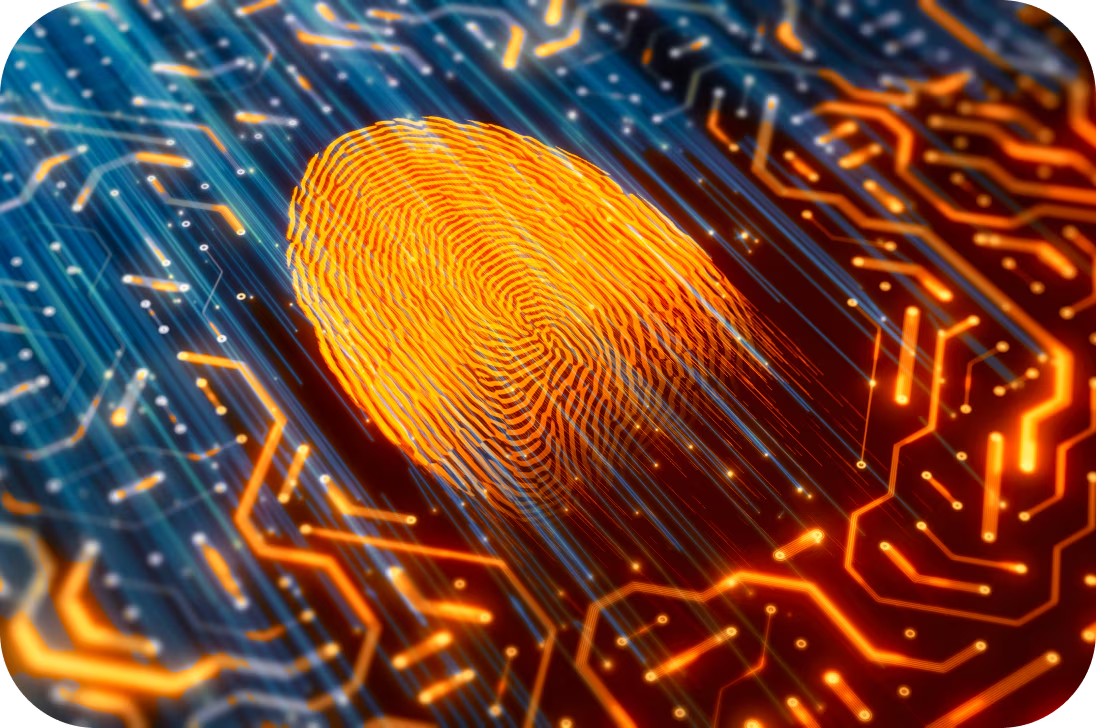


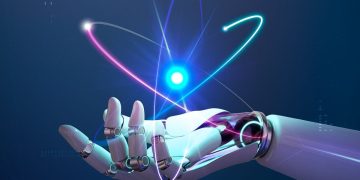









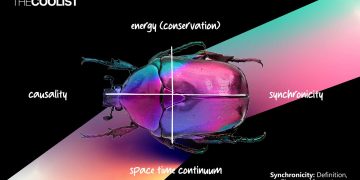







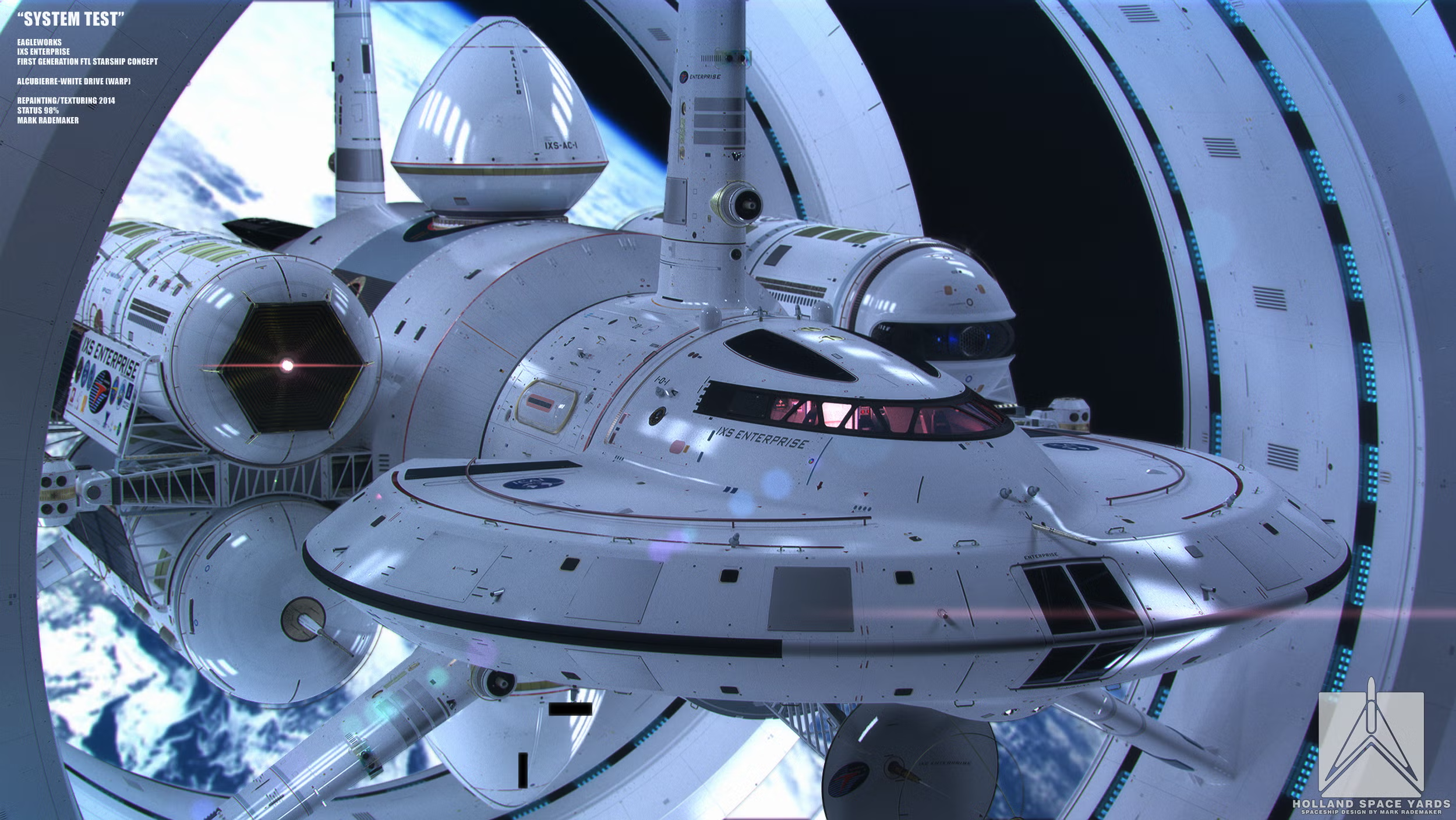












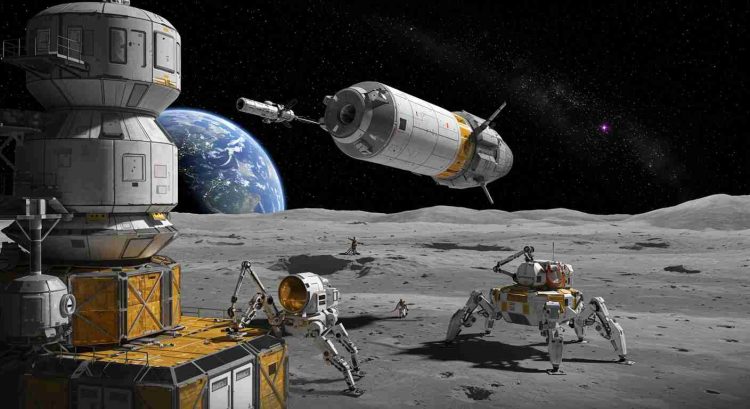












Discussion about this post